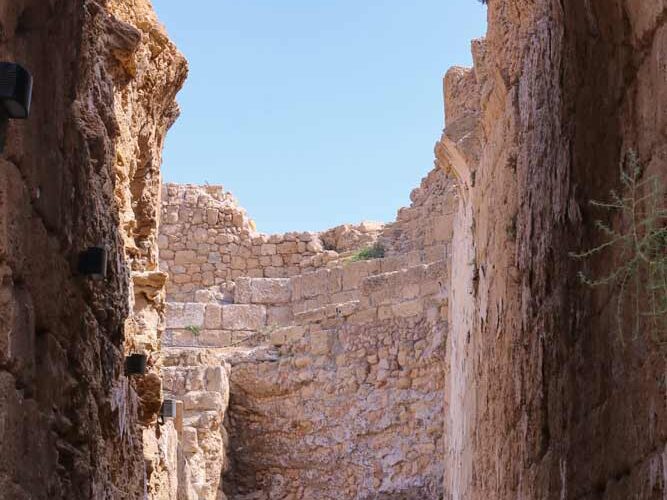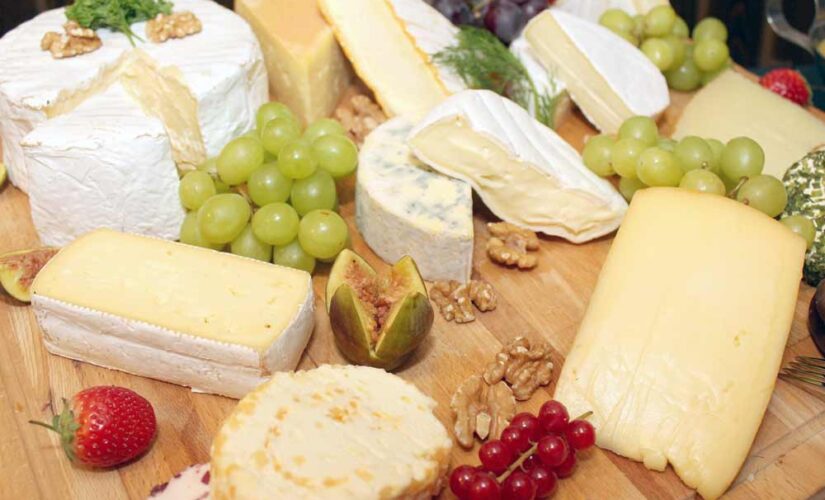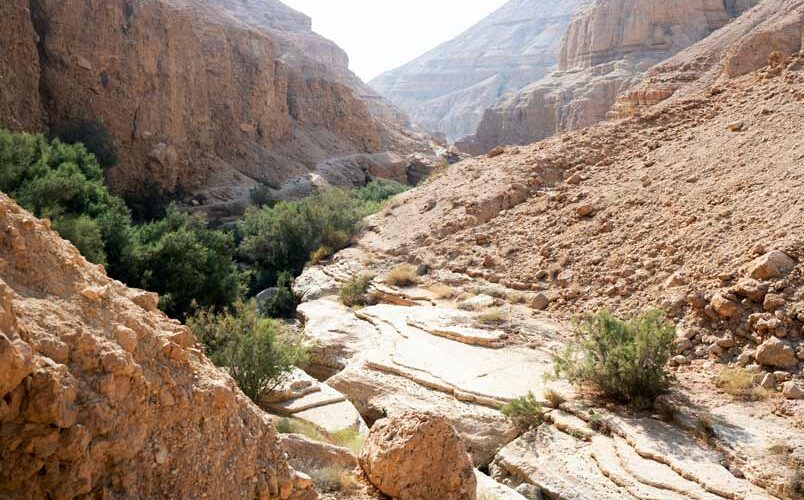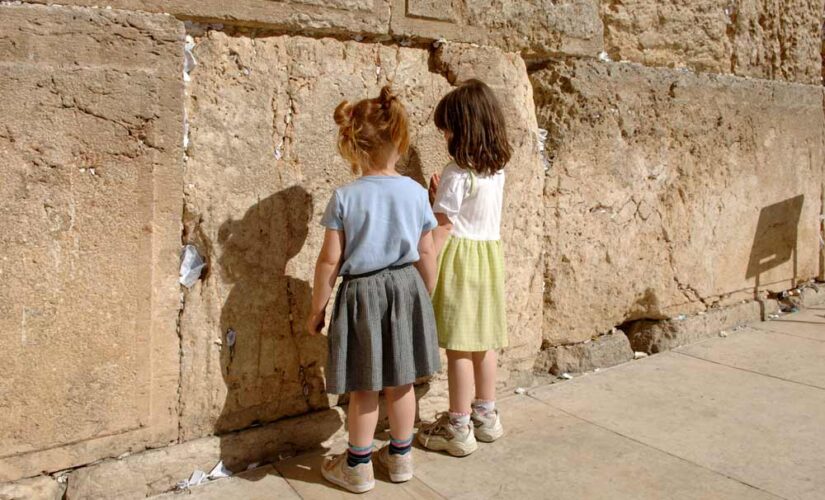Tzfat is a city in the Northern District of Israel. Located at an elevation of…
#83 Chabad
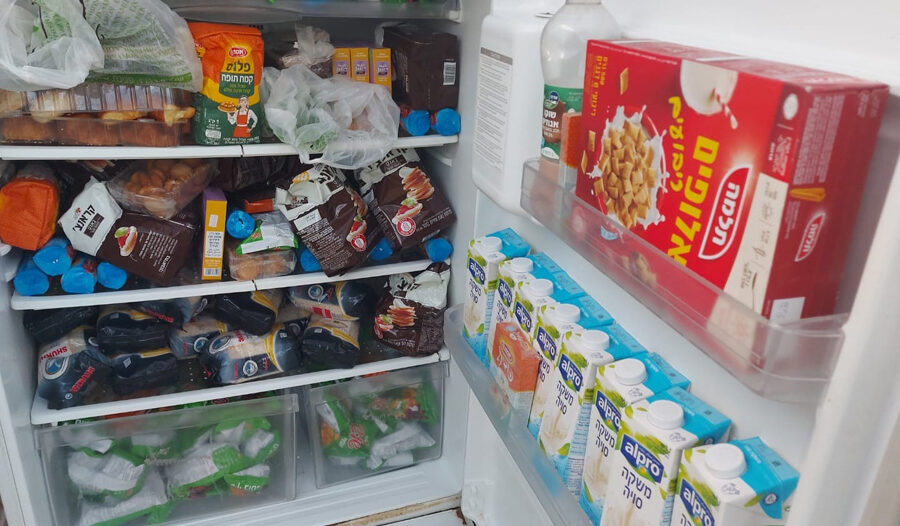
One of the organizations that is busy bringing spiritual growth to Israelis is Chabad. Many of the movement’s activities emphasize outreach activities. This is due to Rabbi Menachem Mendel Schneerson encouraging his followers to reach out to other Jews.
Outreach activities
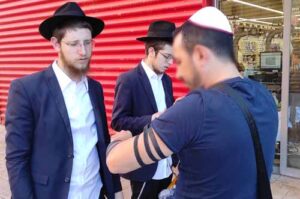 Chabad outreach includes activities promoting the practice of Jewish commandments (Mitzvah campaigns), as well as other forms of Jewish outreach. Much of Chabad’s outreach is performed by Chabad emissaries (see Shaliach (Chabad)). Most of the communities that Chabad emissaries reach out to are other Jewish communities, such as Reform Jews.
Chabad outreach includes activities promoting the practice of Jewish commandments (Mitzvah campaigns), as well as other forms of Jewish outreach. Much of Chabad’s outreach is performed by Chabad emissaries (see Shaliach (Chabad)). Most of the communities that Chabad emissaries reach out to are other Jewish communities, such as Reform Jews.
Rabbi Yosef Yitzchok Schneersohn, 6th leader of the Chabad-Lubavitch branch of Hasidic Judaism, and then his successor, Rabbi Menachem Mendel Schneerson were responsible for focusing Chabad’s activities on outreach. Rabbi Schneerson was a pioneer in the field of Orthodox Judaism outreach (Kiruv).
Chabad has been active in reaching out to Jews through its synagogues, and various forms of more direct outreach efforts. The organization has been recognized as one of the leaders in using free holiday services to reach out across denominations.
Rabbi Yosef Yitzchok Schneersohn, had a core of dedicated Hasidim who maintained underground yeshivos and mikvehs, and provided shechitah and ritual circumcision services in the Soviet Union.
Mitzvah campaigns
The Rebbes of Chabad have issued the call to all Jews to attract non-observant Jews to adopt Orthodox Jewish observance, teaching that this activity is part of the process of bringing the Messiah. Rabbi Menachem Mendel Schneerson issued a call to every Jew: “Even if you are not fully committed to a Torah life, do something. Begin with a mitzvah — any mitzvah – its value will not be diminished by the fact that there are others that you are not prepared to do”.
Schneerson also suggested ten specific mitzvot that he believed were ideally suited for the emissaries to introduce to non-observant Jews. These were called mivtzoim — meaning “campaigns” or “endeavors”. These were lighting candles before Shabbat and the Jewish holidays by Jewish women, putting on tefillin, affixing a mezuzah, regular Torah study, giving tzedakah, purchasing Jewish books, observing kashrut (kosher), kindness to others, Jewish religious education, and observing the family purity laws.
In addition, the Rebbe emphasized spreading awareness of preparing for and the coming of the moshiach, consistent with his philosophy. He wrote on the responsibility to reach out to teach every fellow Jew with love, and implored that all Jews believe in the imminent coming of the moshiach as explained by Maimonides. He argued that redemption was predicated on Jews doing good deeds, and that gentiles should be educated about the Noahide Laws.
Schneerson was emphatic about the need to encourage and provide strong education for every child, Jew and non-Jew alike. In honor of Schneerson’s efforts in education the United States Congress has made Education and Sharing Day on the Rebbe’s Hebrew birthday (11 Nissan).
- Kfar Chabad – Kfar Chabad’s estimated size is 5,100; the residents of the town are believed to all be Chabad adherents. This estimate is based on figures published by the Israeli Census Bureau.[71] Other estimates place the community population at around 7,000.
- Safed – The Chabad community in Safed (or Tzfat) originates from the wave of Eastern European immigration to Israel of 1777–1840. The Chabad community established synagogues and institutions in Safed. The early settlement declined by the 20th century but was renewed following an initiative by the seventh rebbe in the early 1970s, which reestablished the Chabad community in the city. Rabbi Yeshaya HaLevi Horowitz (1883–1978), a Safed native and direct descendant of Rabbi Yeshaya Horowitz, author of the Shnei Luchot HaBrit, served as the rabbi of the Chabad community in Safed from 1908 until his immigration to the U.S. during World War I. Members of the Chabad community run a number of outreach efforts during the Jewish holidays. Activities include blowing the shofar for the elderly on Rosh Hashana, reading the Megilla for hospital patients on Purim and setting up a Sukka on the town’s main street during the Succoth holiday.
